Intro
Similar to the Boeta Horse, the Sharta is bred in the Tashigang district of Bhutan.
Read more
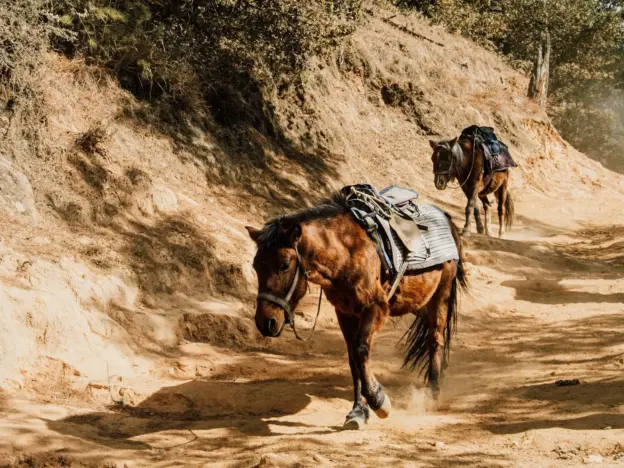
Similar to the Boeta Horse, the Sharta is bred in the Tashigang district of Bhutan.
Read more
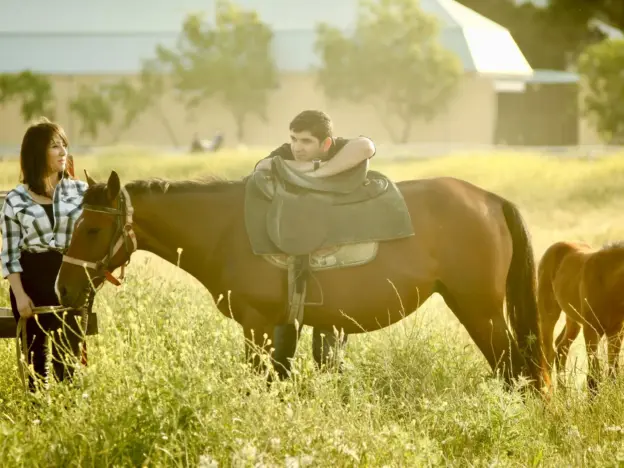
A strain of the Azerbaijan Horse, the Guba comes from an area famous for their horses.
Read more
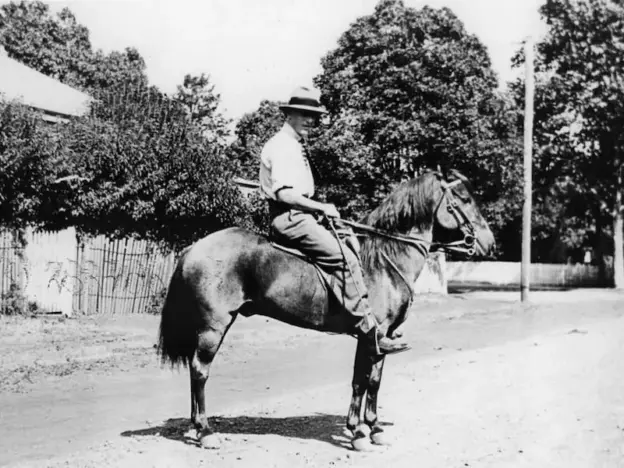
Not native to Australia, but historically significant the Australian Timor Pony is a handsome, robust little horse.
Read more
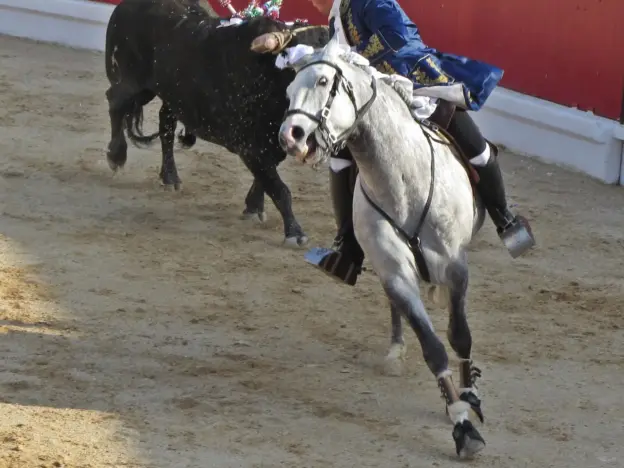
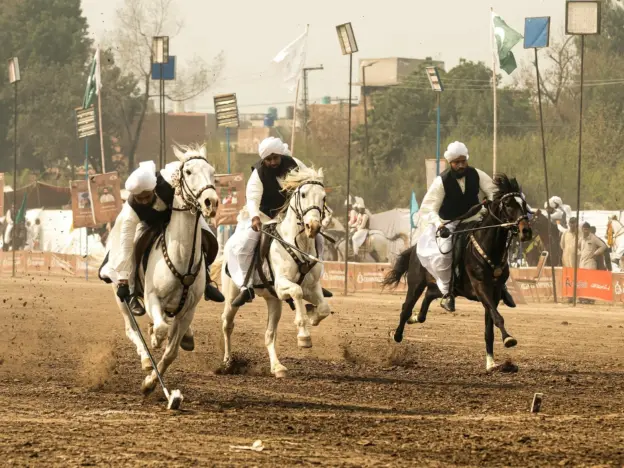
Not an official breed, the Kakka Baral Wala Horse is a type of saddle horse, primarily bred in the Punjab region of Pakistan.
Read more
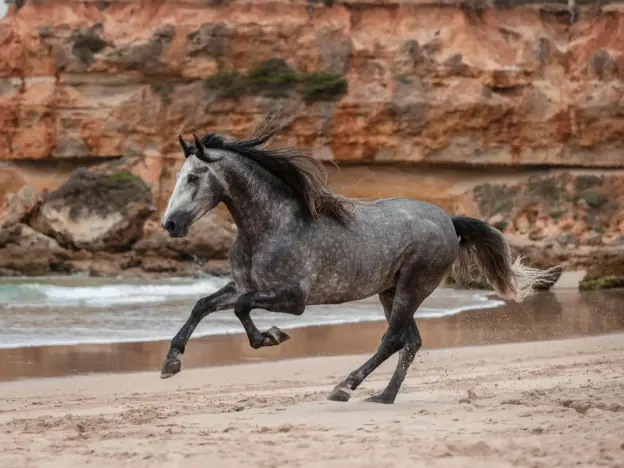
Like the name indicates, the Hispano English Horse is a cross between two very influential breeds of horse, the Pura Raza Española and the English Thoroughbred.
Read more
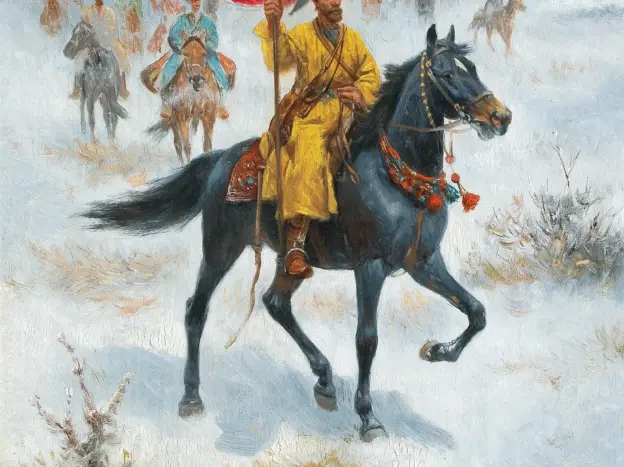
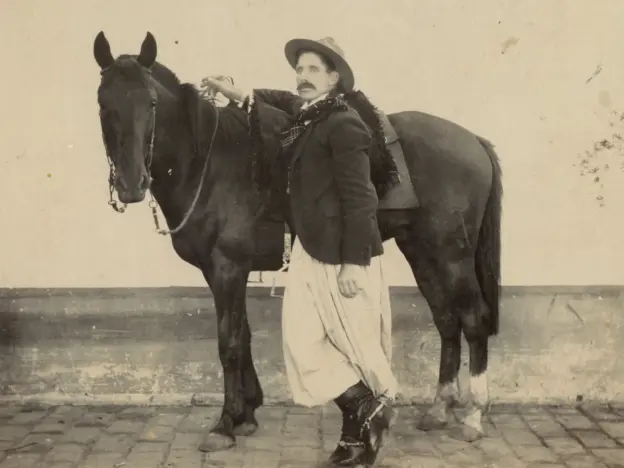
A predecessor to the Criollo Uruguayo, the Canelón was the first national horse of Uruguay, probably bred in the Canelones region from which it takes its name. Known as a fine and adaptable saddle horse, with fast, agile movement.
Read more

Named for the region of Bessarabia where they are bred, the Bessarabian is a breed of heavy saddle horse which contributed to the old Transylvanian breed.
Read more
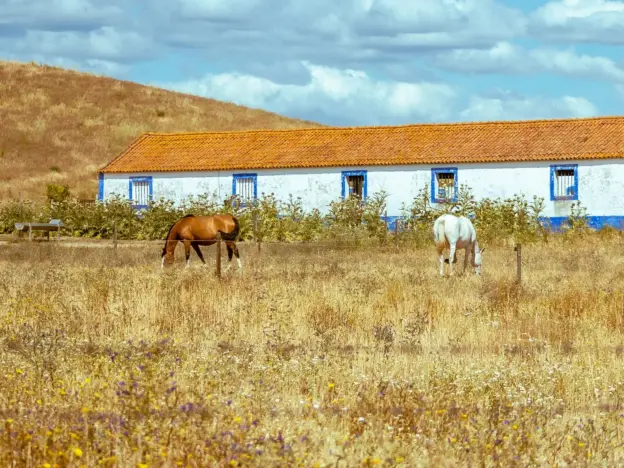
Not an official breed, the D’Andrade Horse is a strain of Alter Real or the Royal breed of Alter. The branch is named for the man who is responsible for the breed’s survival, Dr. Ruy d’Andrade. They are mainly found in Alto Alentejo, Portugal.
Read more